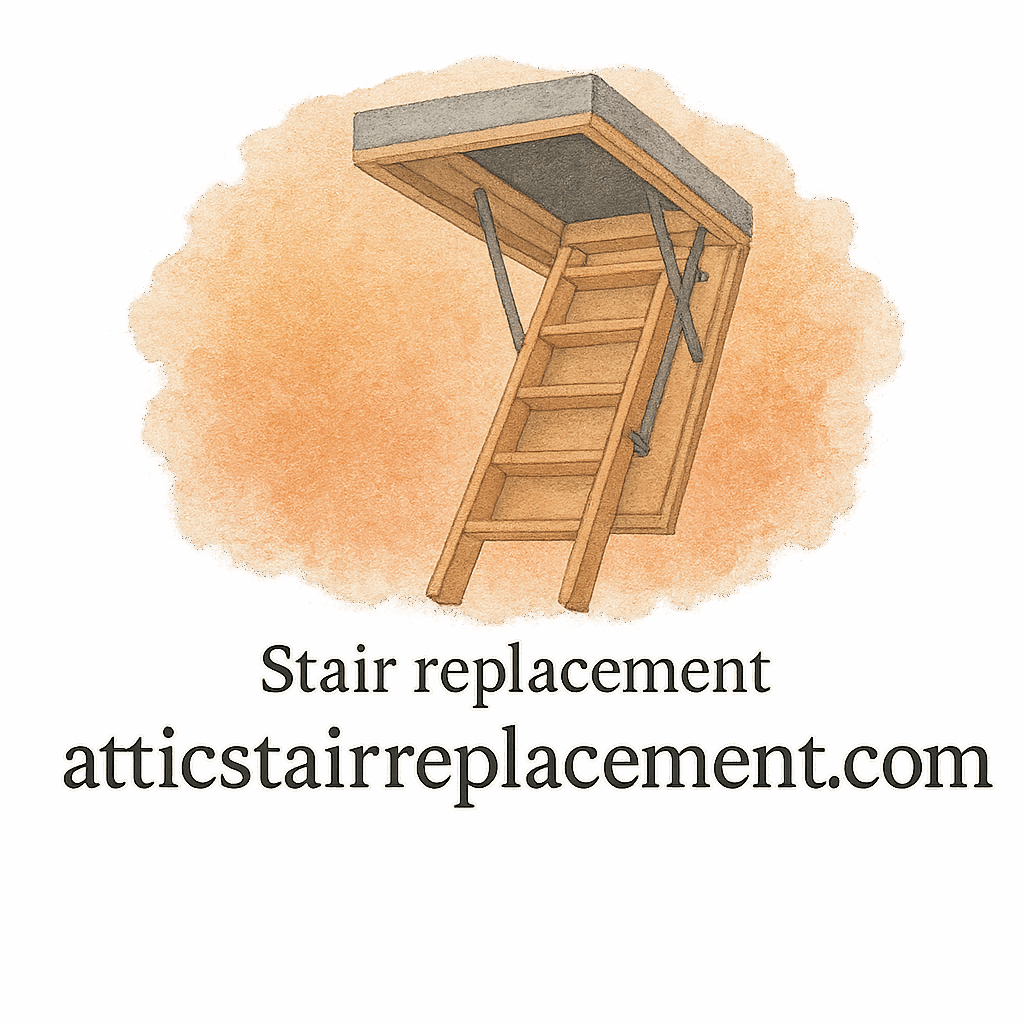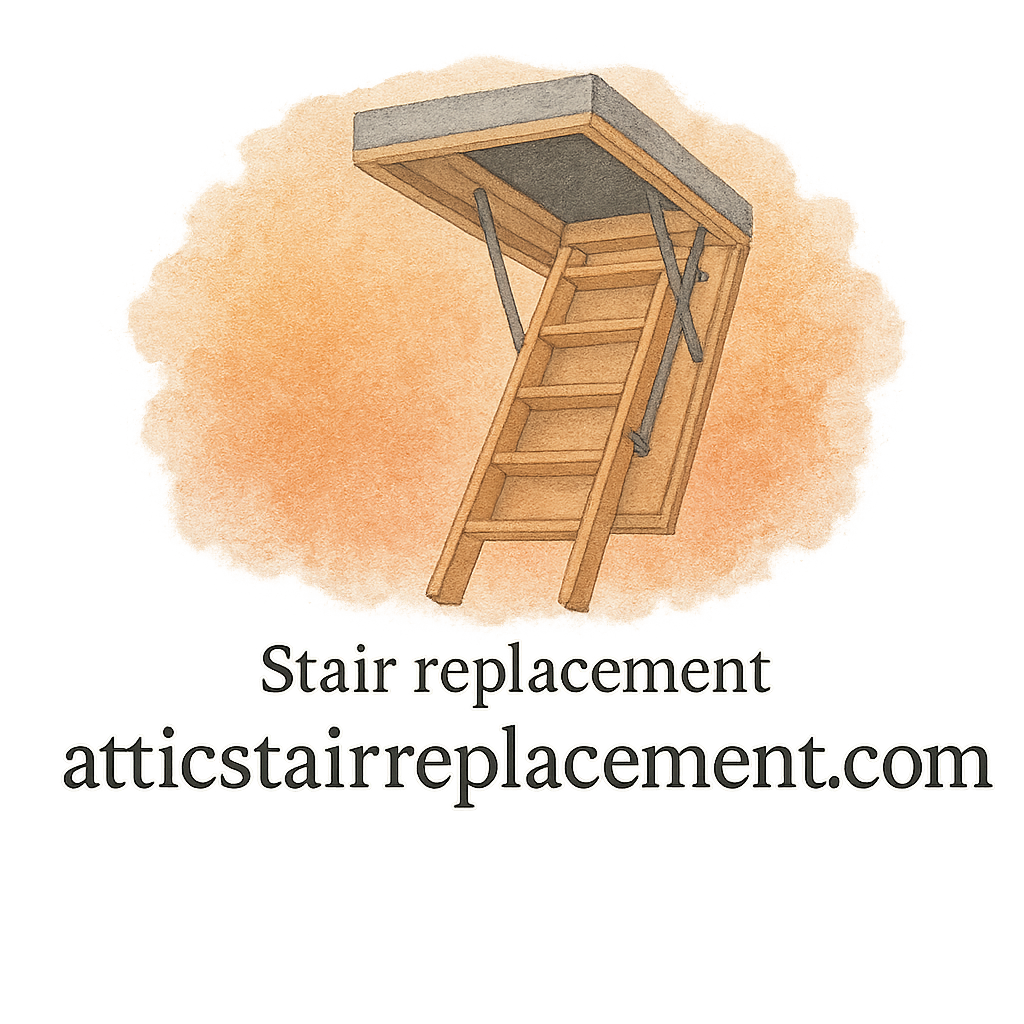Introduction
Have you ever stared up at your attic entrance and thought, “There has to be a better way to get up there”? You’re not alone. Attic stair replacement is one of those DIY home improvement projects that can totally transform your space. But before you grab a ladder and a wrench, you probably have some questions. This guide will answer the 10 most common questions about DIY attic stair replacement—and we’ll do it in a friendly, easy-to-understand way. So let’s dive in!
1. What Is DIY Attic Stair Replacement?
Understanding the Basics
DIY attic stair replacement means removing your old, worn-out attic stairs and installing a new set yourself. It’s a popular project among homeowners who enjoy hands-on tasks and want to save money on professional labor.
When Is It Time to Replace?
If your attic stairs creak, wobble, or just feel unsafe, it’s time. Visible wear, loose hinges, or difficulty opening and closing are also red flags. You don’t want to wait until someone gets hurt.
2. Can I Replace My Attic Stairs Myself?
Tools and Skills Needed
Absolutely—if you’re comfortable using basic tools like a drill, screwdriver, level, and saw. You’ll also need a second person to help with lifting and positioning.
Safety Considerations
Safety is huge. Always use proper safety gear, like gloves and goggles. Follow the manufacturer’s instructions closely and don’t rush the job. For detailed safety advice, check out our Expert Advice section.
3. What Types of Attic Stairs Are Best for DIY Installation?
Telescoping vs. Folding vs. Scissor Ladders
- Telescoping ladders are lightweight and compact but may not feel as stable.
- Folding ladders (like the classic wood or aluminum options) are most common and easy to install.
- Scissor-style ladders are space-efficient and durable but a bit trickier to install.
Best Materials for Durability
Aluminum is lightweight and rust-resistant. Steel is strong but heavy. Wood is traditional and looks nice, but requires more maintenance. Learn more on our Product Reviews page.

4. How Much Does a DIY Attic Stair Replacement Cost?
Breaking Down the Budget
Expect to spend $150 to $500 on materials. If you’re shopping on a budget, you can find basic models around $150, while high-end options can reach $500 or more.
Hidden Costs to Watch Out For
Don’t forget costs for tools, screws, caulking, or trim. And maybe even a pizza or two to bribe your helper. Check out hidden costs homeowners overlook.
5. How Do I Measure for Replacement Attic Stairs?
Step-by-Step Guide
- Measure the ceiling height.
- Measure the attic opening (length and width).
- Check for clearance space above and below.
Common Mistakes to Avoid
Don’t skip checking for obstructions like ceiling joists or pipes. Double-check all measurements before ordering. Visit our DIY Installation guide for full instructions.
6. What Are the Steps Involved in DIY Installation?
Prepping the Area
Remove the old stairs. Clean the opening. Have all tools and materials ready.
Installation Process
- Position the new stairs.
- Secure with brackets.
- Check alignment with a level.
- Attach trim if needed.
More detailed steps can be found in our guide.
7. What Safety Precautions Should I Take?
Protecting Yourself and Your Home
Use a sturdy ladder, secure all tools, and never work alone. Cover floors to protect them from falling debris.
Dealing with Unexpected Issues
You might discover rotten wood, misaligned openings, or even pests. Be ready to pause and fix these issues. Our maintenance and repair section has you covered.
8. How Long Does the Installation Take?
Time Estimates for Beginners vs. Experts
- Beginners: 4–6 hours with help.
- Experienced DIYers: 2–3 hours.
If you’re working solo or hit a snag, expect delays. Don’t rush—it’s a marathon, not a sprint.
9. Can I Make My Attic Stairs More Durable?
Maintenance Tips and Tricks
Regularly check screws and hinges. Apply lubrication to joints. Keep them clean and dry. Visit our care tips for more.
Upgrades Worth Considering
Install handrails, choose heavy-duty models, or reinforce joints. Check out durable attic stairs for ideas.
10. Should I Call a Professional Instead?
When DIY Isn’t the Best Option
If your attic entrance needs structural changes, or you’re not confident in your skills, it’s best to hire a contractor.
Finding the Right Contractor
Ask for referrals, read reviews, and confirm licensing. Visit our job quality section for red flags and recommendations.
Conclusion
Replacing attic stairs might seem intimidating, but with the right prep and mindset, it’s totally doable. Whether you’re all-in on DIY or decide to hire a pro, the key is making your home safer and more functional. Want to explore more on attic stair upgrades, home renovation tips, and expert advice? Dive into our full library at Attic Stair Replacement.
FAQs
1. What’s the best type of attic stair for small spaces? Scissor or telescoping ladders work great in tight areas.
2. Can I reuse my old attic stair frame? Sometimes. If it’s in good condition and fits your new stairs, go for it.
3. How do I make sure the stairs are safe for kids or elderly? Install handrails and choose a sturdy model with non-slip steps.
4. What if I find mold or pests in my attic during replacement? Pause the project and handle the issue before proceeding.
5. Are aluminum stairs better than wood? Aluminum is low-maintenance and rust-resistant. Wood looks great but needs care.
6. Should I insulate the attic door? Yes! It improves energy efficiency and comfort.
7. Can I paint or stain wooden attic stairs? Absolutely. Just use a durable, non-slip finish for safety.


